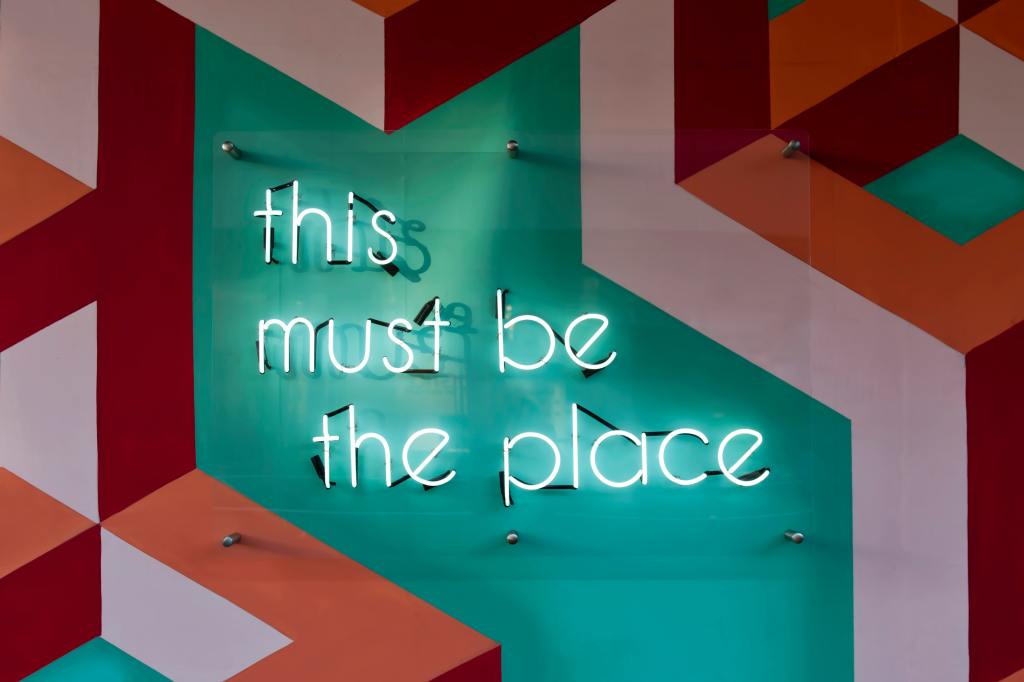
Companies are trying to reshape the interaction with customers. They are trying to make a continuous relationship with their customers.
In the past customers would visit the company stores or their franchise once in a while. Now, online platforms, either web-based or mobile, connect to the consumer seamlessly. In the insurance industry, motor insurance companies connect with the owners of the vehicle at predefined periods or touchpoints such as renewals or claim settlements. Now the vehicle can be monitored 24×7 by using appropriate sensors. This enables provides safety feedback to the driver as well as inform the insurance companies about the driver behaviour. In the healthcare industry, patients made decisions about their diet, exercise regimen etc. Today various devices are collecting data 24×7 providing valuable data to the health care providers as well as the patients and recommending healthy decisions.
There are four connected experiences that companies can create
- response-to-desire experience
- curated offerings
- coach behaviours
- automatic execution.
In the response-to-desire action, the customer knows what she wants and buys the product or service. The technology makes the rest of the process(order, buy, deliver) easy.
In curated offerings, the technology helps the customer understand the various offerings and find the best option.
In coach behaviours, the technology helps the customer understand her needs at more efficient times.
In automatic execution, the technology can detect and resolve a customer need before the customer realises it and articulates the same.
Companies are implementing various connection strategies. They need to decide on the implementation, the target segment, the capabilities they need to acquire or develop in-house to reap the benefits of connection strategies. It is the implementations where companies make mistakes. There are a few misconceptions that the companies fall prey to
The more connected the better.
The basics of the respond-to-desire experience are to remove all the friction points in the customer interaction. The customer should have a seamless experience with the company.
This however needs to be moderated and implemented in a measured way. The downside could be that the demands from the customer could overwhelm the organisation and strain its resources.
The more the data the better.
As the technology has made data collection easy, companies have plenty of data about the customer today and barely use a very small percentage of it. Some companies may feel tempted to sell the data to other third-party service providers. This could well end up alienating their customers.
It is better to decide beforehand what data is essential for the company. They should collect only that data, that helps understand the pain points. These can be utilised effectively to serve the customers better.
Connected experiences are an additional benefit to customers.
Many appliances are becoming more connected and have incorporated many of the connected experiences This at times is a boon to the customer as it simplifies his work. It also benefits the company now that they can redesign the equipment and rationalise the parts.
Connected experiences are only for the customers.
Initially, the focus was entirely on the customers and how to make his interactions with the company and its products simple and easy. However, once there is clarity on the process and implementation strategy, the same can be applied to the company’s internal customers too.
By creating a deeper connection amongst the internal customers, especially across functions, the service throughput can be made much faster and they can also anticipate the demand and be ready to meet the same.
Connected technologies are rapidly evolving with every company adopting digital technologies to ease their work as well as connect with customers better.
Innovation is only one piece of the system in designing a successful connection strategy. To have a lasting competitive advantage, companies need to match the right solution to the right needs.
Designing a Seamless Digital Experience for Customers
by Christian Terwiesch and Nicolaj Siggelkow
HBR 2021/01